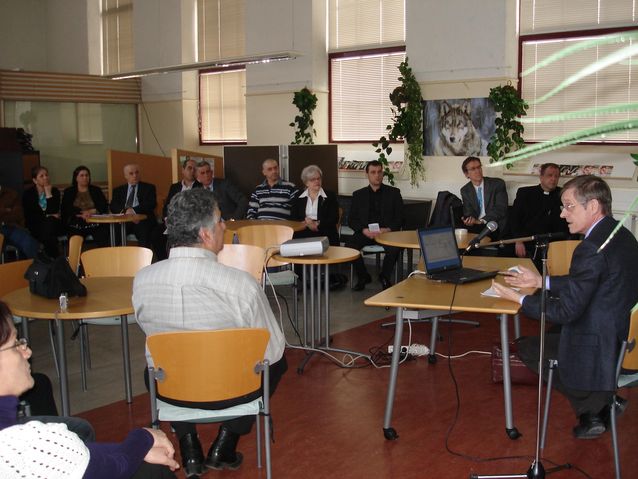Simo Parpola
Simo Kaarlo Antero Parpola
Born July, 4, 1943, Helsinki
Bachelor of Arts 1963, Master of Arts, 1965, Licentiate 1969 and PhD 1971 (Assyriology), University of Helsinki
Professor extraordinary of Assyriology 1978–2009, University of Helsinki
Senior Epigraphist, Ziyaret Tepe expedition of the University of Akron, 2002–03
Research Fellow 1999, Institute for Advanced Studies, Hebrew University, Jerusalem
Professore contratto 1995, University of Padova
Associate professor with tenure 1977–79, University of Chicago
Docent in Assyriology 1973–76, University of Helsinki
Scholarship for exceptionally talented young scientists 1972–76, University of Helsinki
Research Assistant, 1969–72, Heidelberg University
Research themes
Assyrian language and culture, history, religion, ideology of monarchy, rituals, cuneiform, literature, art, astronomy, medicine and magic, economy, administration, chronology, climate and geography; Jewish mysticism, gnosis; Sumerian language, lexicon and phonology; Indus script; Mesoamerican writing systems
122 academic monographs and articles on Assyrian Language and culture
Awards and special achievements
Honorary member of the American Oriental Society 2001
Commander of the Order of the Lion of Finland 2001
The Assyrian American National Federation Award “Non-Assyrian Man of the Year” 2000
University of Helsinki J. V. Snellman Prize 1996
First Class Knight of the Order of the White Rose of Finland 1993
Finnish Union of Professors’ Professor of the Year 1992
Best Master’s Thesis Award 1965, University of Helsinki
Best Classic Award, Hufvudstadsbladet newspaper 1961
Photo: Juri Ahlfors
Written by Simo Parpola and Olli Siitonen (ed.)
Translated by Matthew Billington


